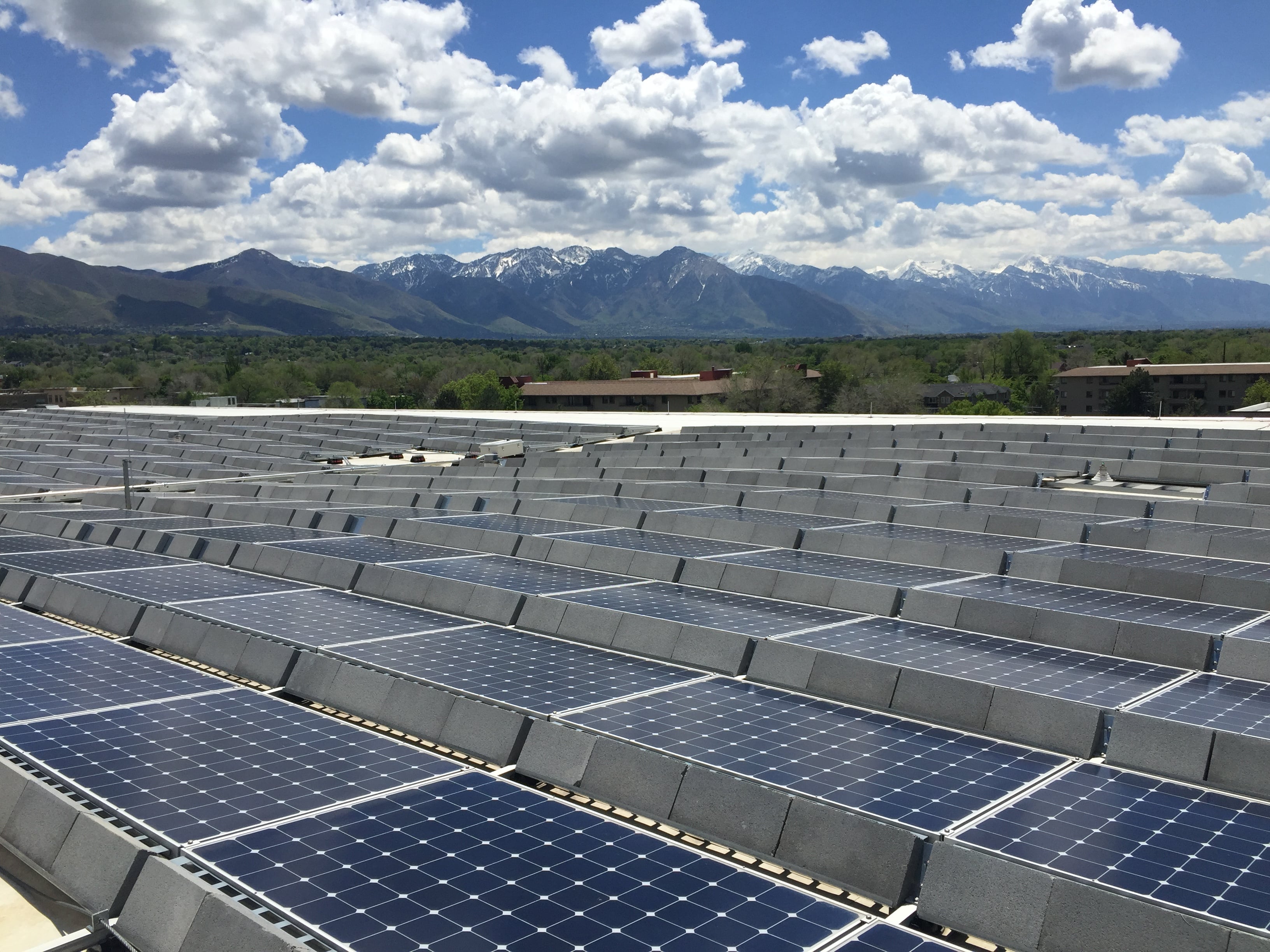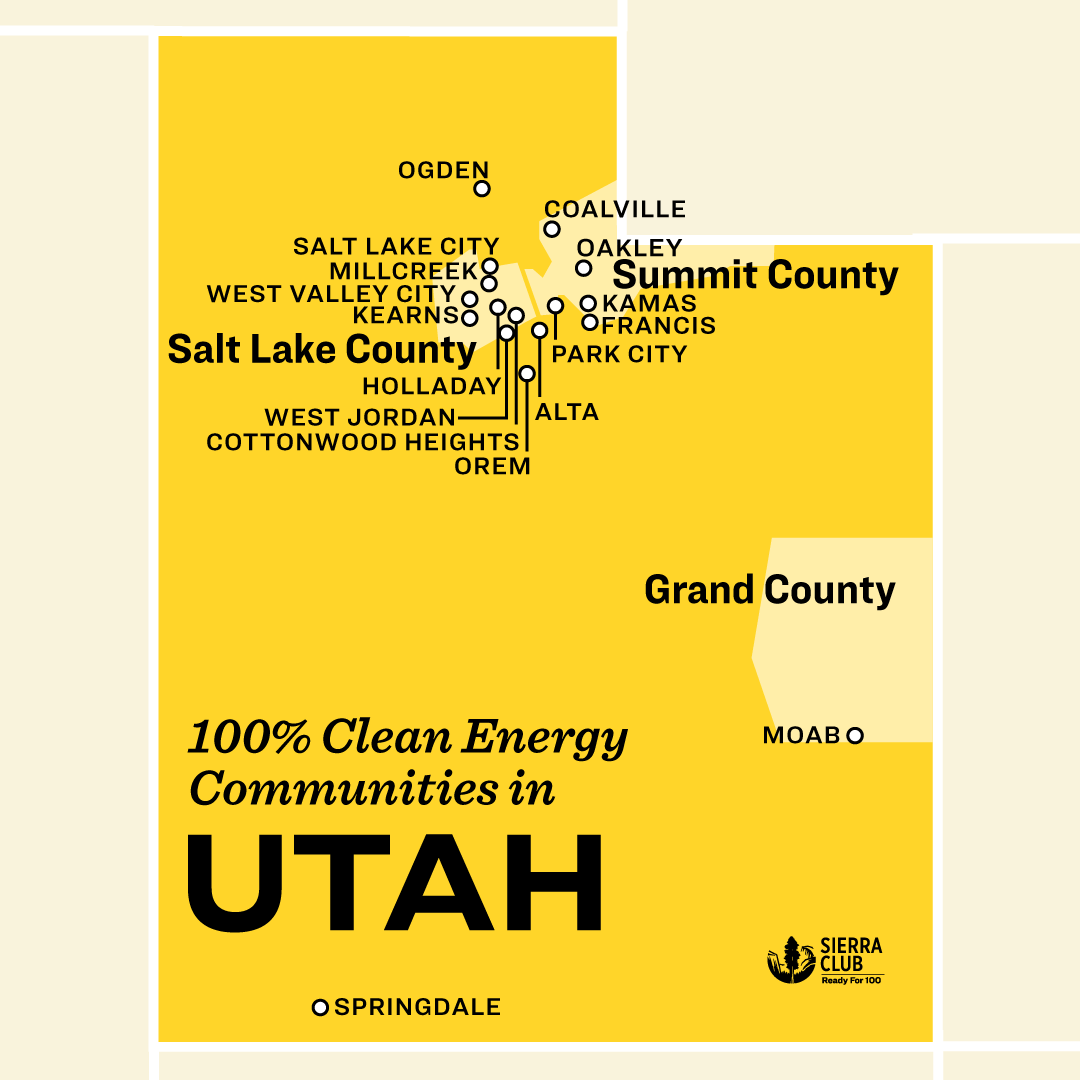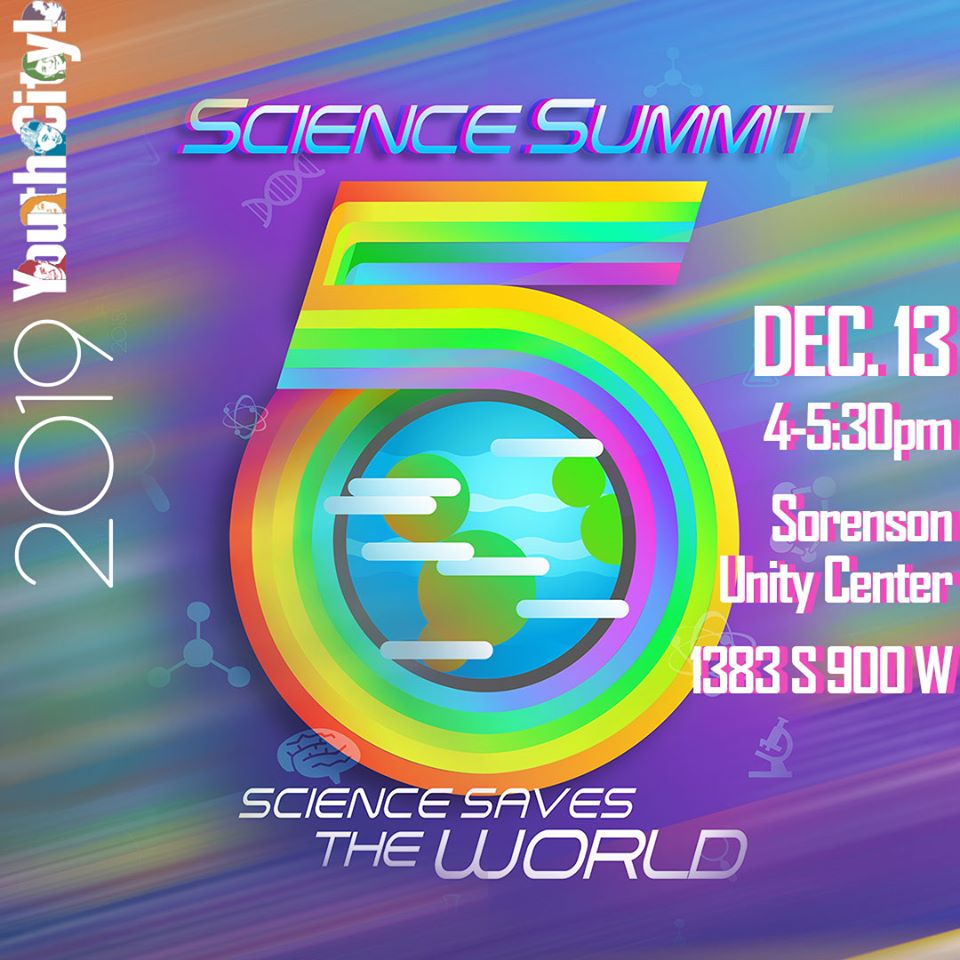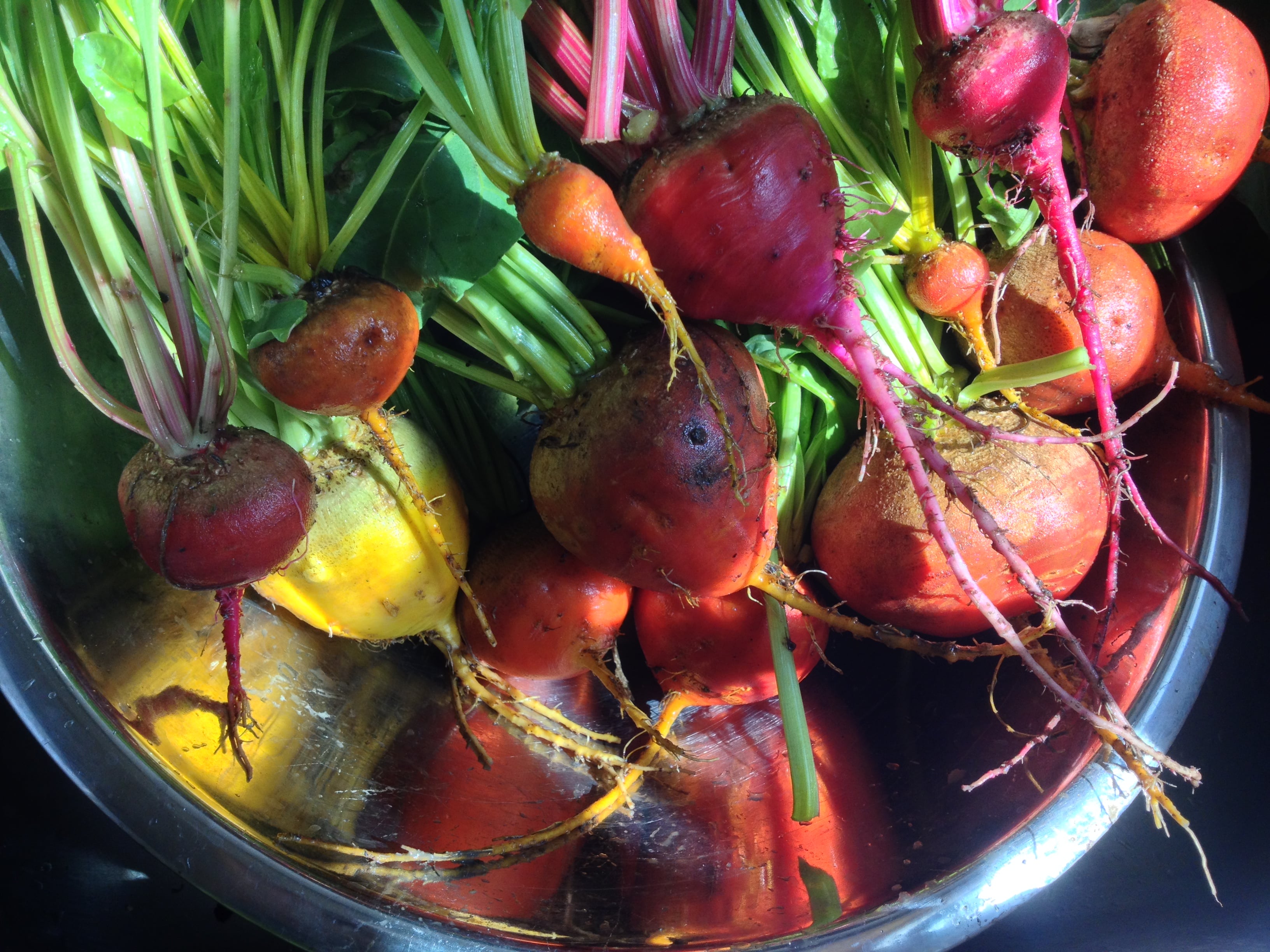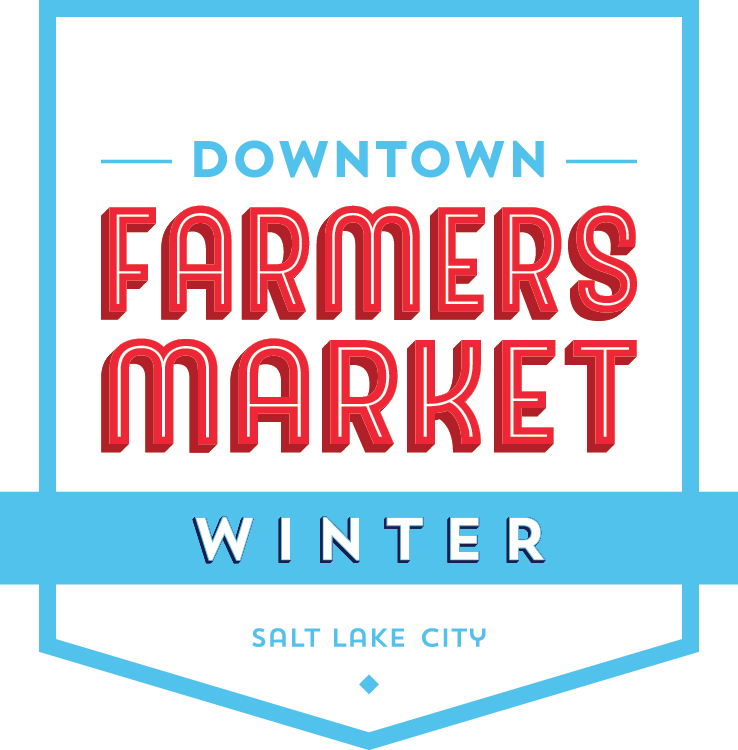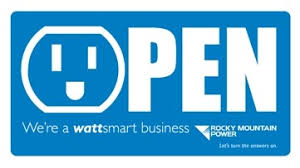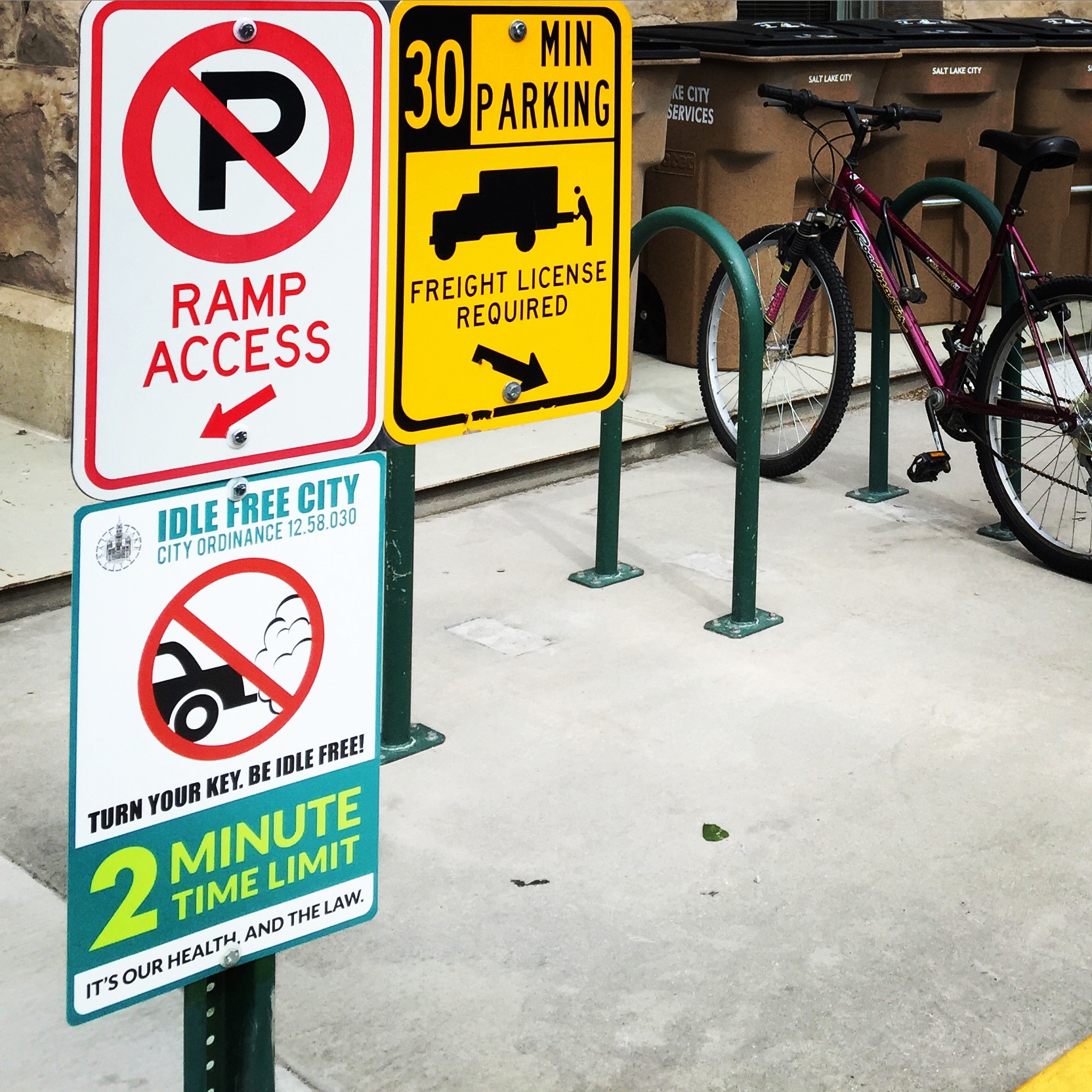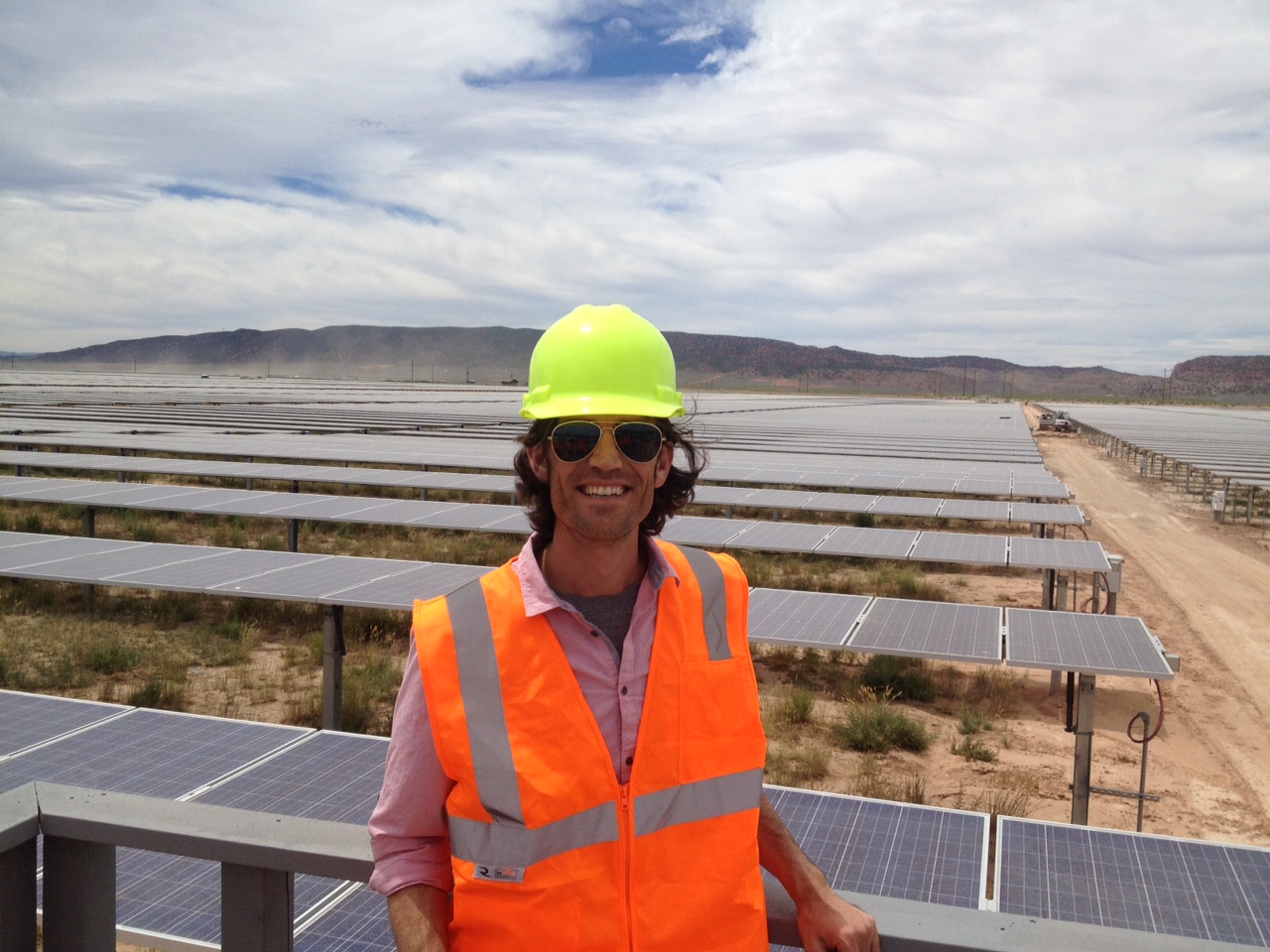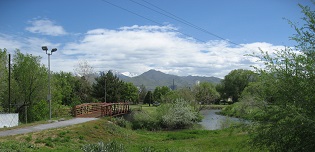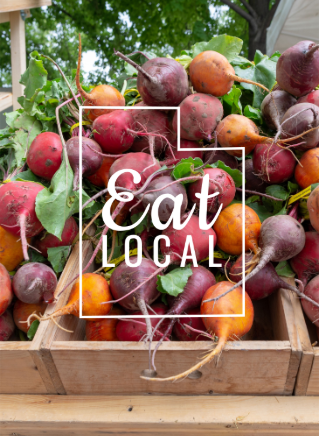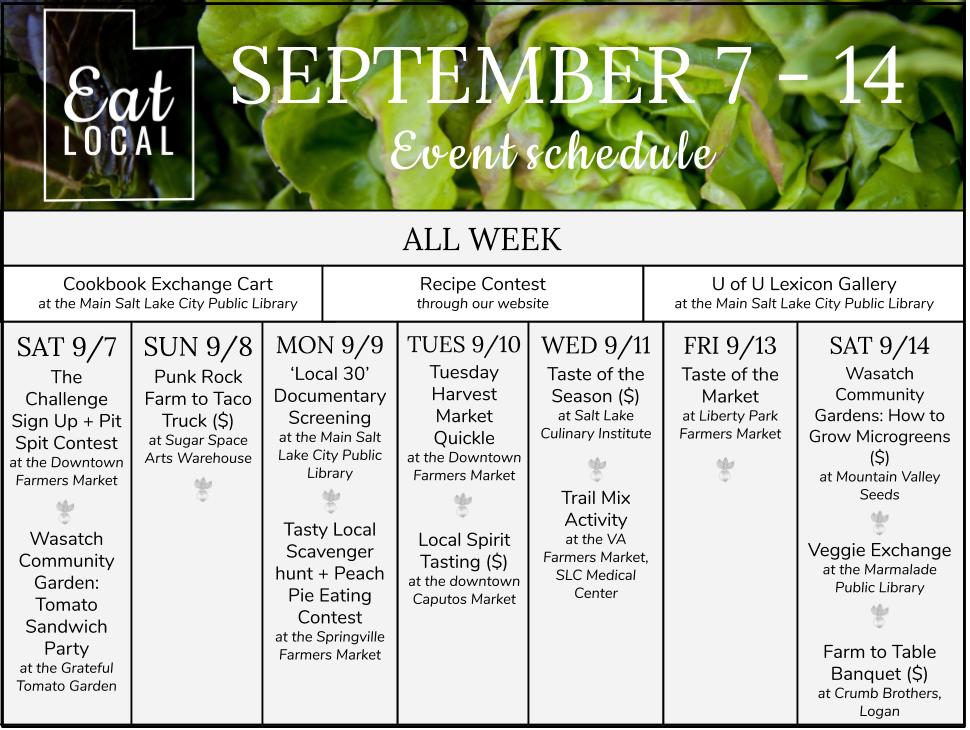Salt Lake City’s waste & recycling survey closed earlier this month. We are grateful for all of the feedback– we received nearly 6,200 responses, which is a record!
Now our team is busily combing through over 12,000 of your comments. We plan to compile these into a feedback summary in the new year. Stay tuned!
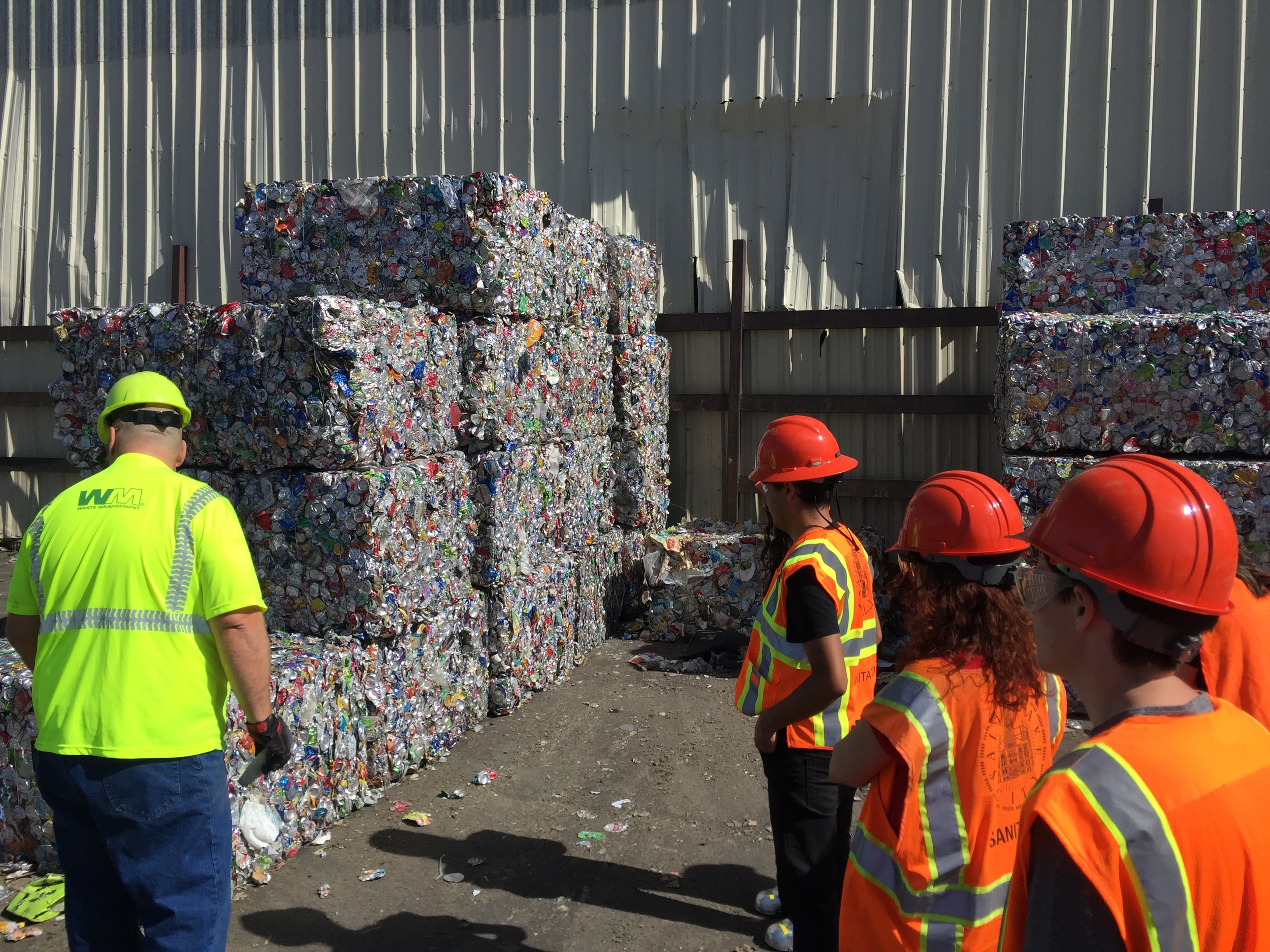
.
.
Waste & Recycling Tips
In the meantime, we’ve been reading a lot of questions about Salt Lake City’s waste & recycling services. So we thought this would be a good opportunity to share some answers, links, and helpful resources:
What’s recycled in SLC?
SLC is dedicated to keeping recycling and compost available. Residents can recycle clean and dry plastic containers, cardboard and paperboard, aluminum cans, and paper in the blue curbside containers.
Go even further with waste diversion when you use the brown compost can for yard trimmings AND kitchen scraps. This includes veggie and fruit scraps, coffee grounds and paper filters, tea bags (no staples or string), and eggshells.
Does recycling even matter?
Yes! It absolutely makes a difference. For example, in June 2019, Salt Lake City residents recycled 585 tons of cans, bottles, paper, and cardboard. To put this in perspective, this saved the equivalent of 5,732 mature trees, 2,238 cubic yards of landfill airspace, enough water to meet the daily needs of 41,625 people, and enough electricity to fulfill the annual needs of 175 homes! All this recycling helped us avoid 2,027 metric tons of greenhouse gas emissions, which makes for cleaner air too.
Multiply those numbers by 12 and you have the average impact of Salt Lake City’s curbside recycling program over the year. You are making a difference–thank you!
Recycling matters— this topic was the inspiration behind our newest truck wraps.
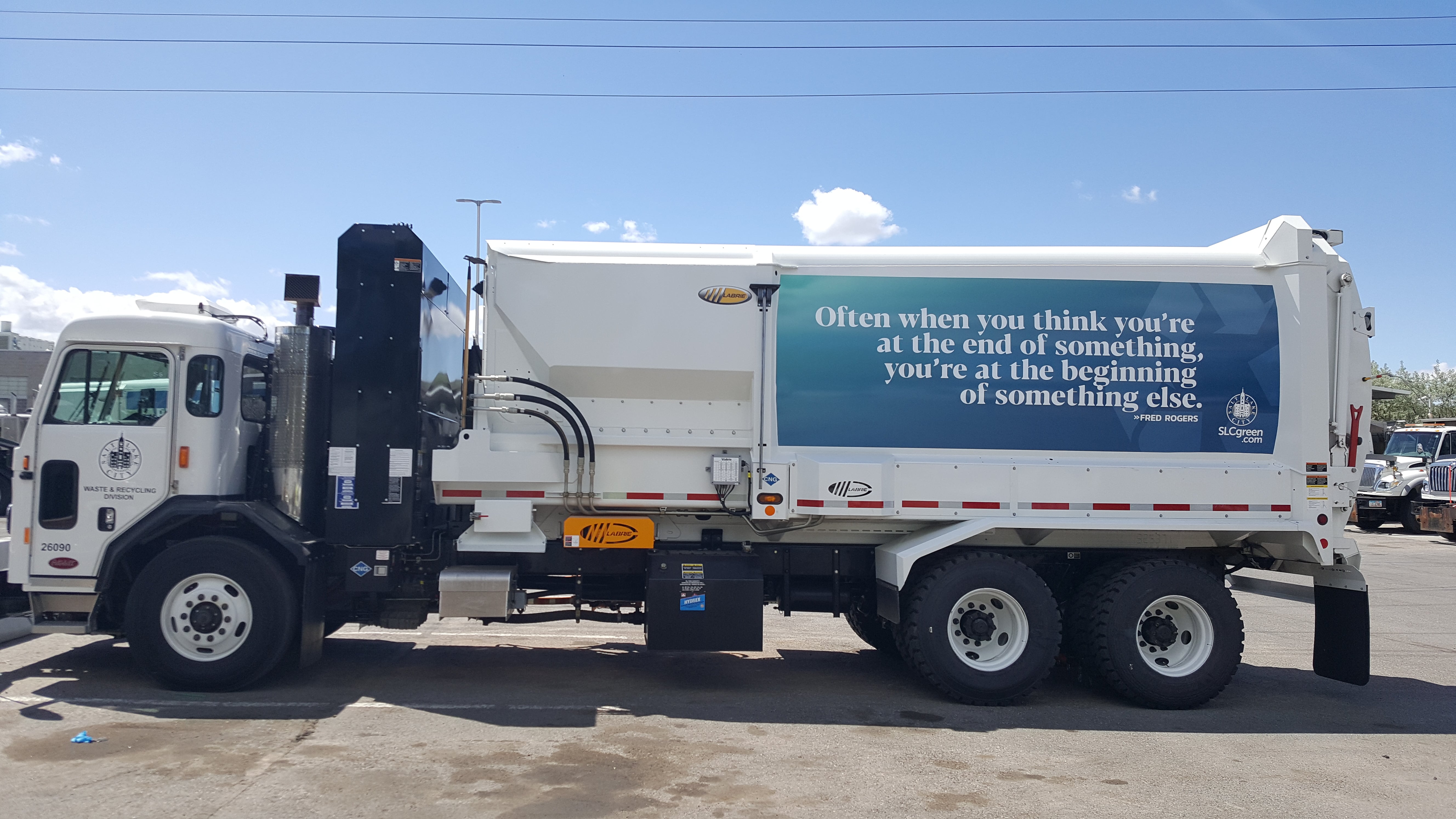
New recycling facility coming to Salt Lake City this spring

